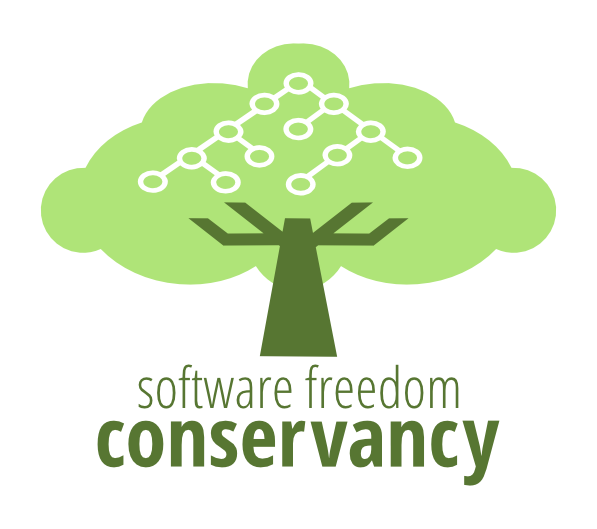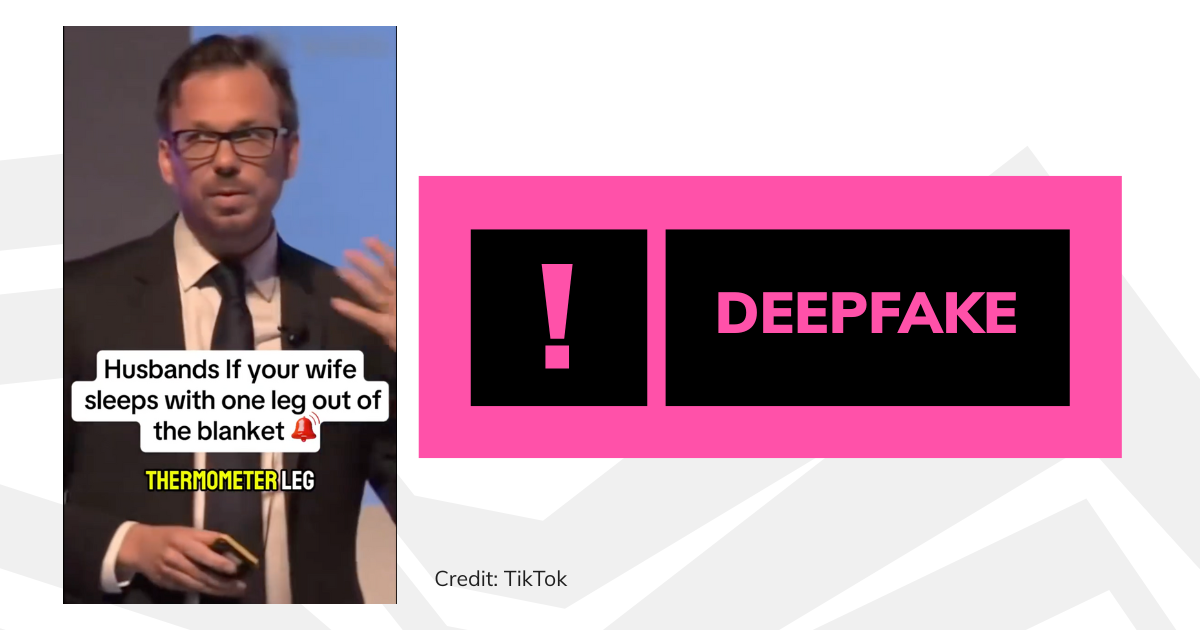That's Late Stage Capitalism for you:
"More than 20% of the videos that YouTube’s algorithm shows to new users are “AI slop” – low-quality AI-generated content designed to farm views, research has found.
The video-editing company Kapwing surveyed 15,000 of the world’s most popular YouTube channels – the top 100 in every country – and found that 278 of them contain only AI slop.
Together, these AI slop channels have amassed more than 63bn views and 221 million subscribers, generating about $117m (£90m) in revenue each year, according to estimates.
The researchers also made a new YouTube account and found that 104 of the first 500 videos recommended to its feed were AI slop. One-third of the 500 videos were “brainrot”, a category that includes AI slop and other low-quality content made to monetise attention.
The findings are a snapshot of a rapidly expanding industry that is saturating big social media platforms – from X to Meta to YouTube – and defining a new era of content: decontextualised, addictive and international.
A Guardian analysis this year found that nearly 10% of YouTube’s fastest-growing channels were AI slop, racking up millions of views despite the platform’s efforts to curb “inauthentic content”."
https://www.theguardian.com/technology/2025/dec/27/more-than-20-of-videos-shown-to-new-youtube-users-are-ai-slop-study-finds
#AI #GenerativeAI #GeneratedVideos #AISlop #YouTube





